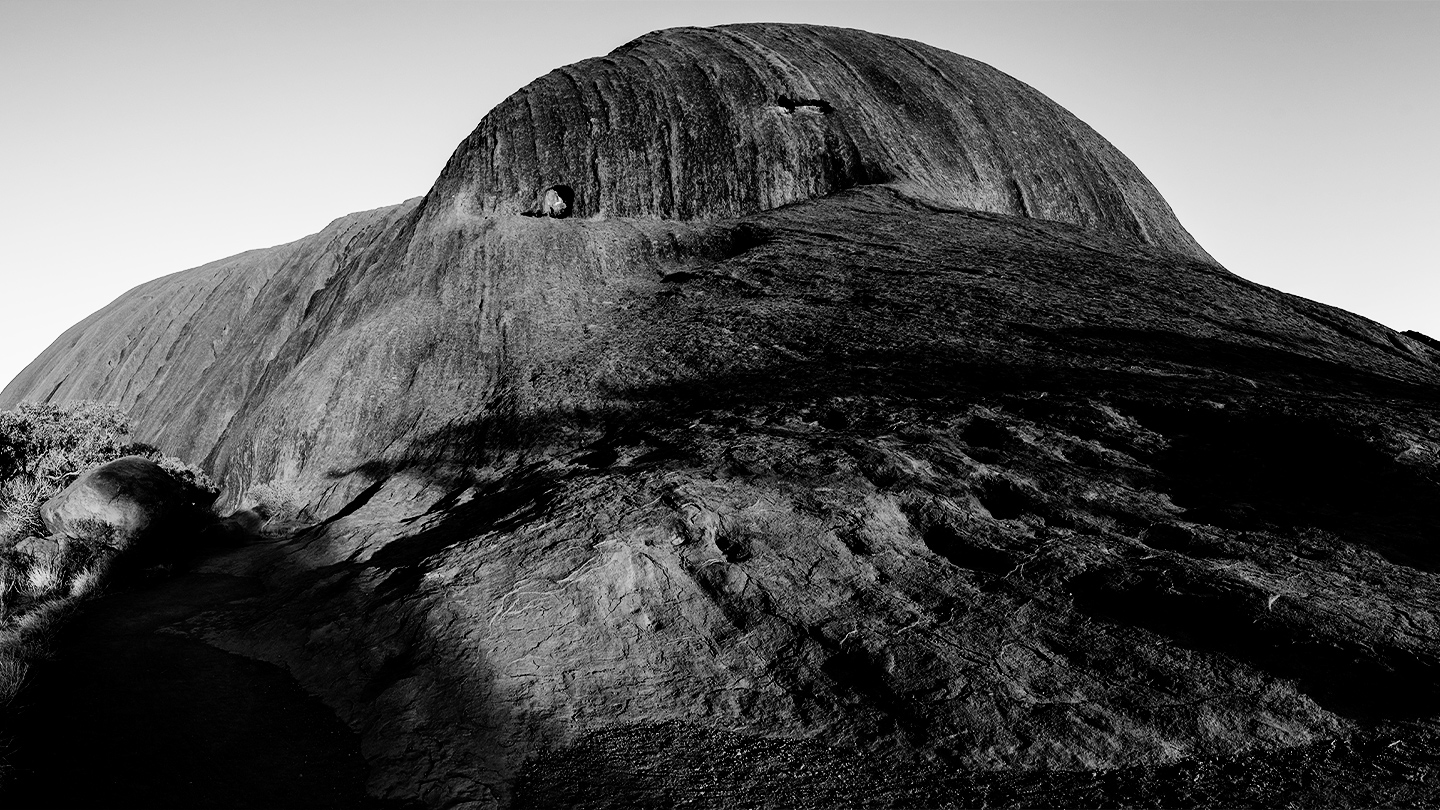Water quality and the environment 1788-present
Water laws and policies in NSW have had detrimental effects on water environments, significantly impacting Aboriginal communities who depend on them.
The role of water in the livelihoods of Aboriginal people is integral, serving as a vital source of drinking water and food, as well as providing locations for cultural, spiritual, and recreational activities (). See the Discussion and Analysis and Case Study documents for more.
Following the arrival of the First Fleet to the east coast of the Australian continent in 1788, the colony that was then established relied on a creek now known as the ‘Tank Stream’ for water supply at the direction of Governor Phillip (). In 1826 it became ‘an open sewer’ and was unusable (, ).
From 1833, the government increasingly built infrastructure on different NSW water sources to dispose of sewage and supply and store water for the colony (). In the 1850s, short-term impacts of such activity included that ‘the catchment around Sydney, consisting of a number of small creeks had become open sewers and little had been done by the municipal Council to solve the problem‘ ().
From arrival, the government’s policy included providing land, infrastructure and funding for people and businesses to use water for purposes like farming and mining (, , , , ).
During the second reading of the Gold and Mineral Dredging Bill 1899, the Legislative Council responded to concerns that 'great damage will be done to the water', acknowledging that the Bill did not include anything to prevent the use of chemicals in dredging ().
From 1896 onwards the government began giving licences to people and businesses to take and use water for purposes like farming and mining (). The licences had no volumetric limit on how much water could be used. By the 1970s, the government became aware it had given out licences to take more water than what was available (known as over-allocation). See SUB0484 for documents about Water Licences.
Over time, the water laws and policies outlined above, which involved funding water infrastructure like dams and allowing excessive water use for agriculture and industry have resulted in various environmental problems, such as reduced river flows; including instances where the Murray-darling Basin stopped flowing due to insufficient water levels, lower water quality and other ecological impacts (, ). This harm has made it difficult for Aboriginal people to use and rely on water resources for many fundamental purposes. For example, the Muruwari community ‘consider the river to be the most important feature of this land. They are deeply disappointed and angered at the way the river has been changed to such an extent that they can no longer even rely on it for water for their community’ (). See Discussion and Analysis and Case Study documents for more.
From the 1970s, water laws began considering the environment and taking measures to protect it (, , , , , ).
In the second reading of the Clean Waters Bill 1970, Edna Roper was the first member of parliament to address government action on waterways and the impacts on Aboriginal people (). She said:
'The grim situation is that pollution has become a way of life for many of us. Of all the damage done to the natural environment of Australia since the arrival of Governor Phillip, nothing exceeds the destruction inflicted on the rivers, creeks and estuaries. Originally most of our great rivers were bordered or overhung with tall trees, which reinforced the banks and limited evaporation. The watercourses and surrounding billabongs and marshes abounded with fish, ducks and other edible creatures, making a virtual paradise for the Aborigines' (page 8179).
As at 2023, the NSW Government website states that ‘since river regulation, our rivers and floodplains connect less often than is needed to remain healthy’ ().
Refer to the Discussion and Analysis and Case Study documents for information on how environmental degradation affects the health of NSW water environments and its impact on Aboriginal communities. This includes the decline in biodiversity and limited access to clean water, which negatively affects the cultural, spiritual, health, and economic well-being of Aboriginal communities ().
The law and policy in this subject is accurate as of 1 January 2023.
